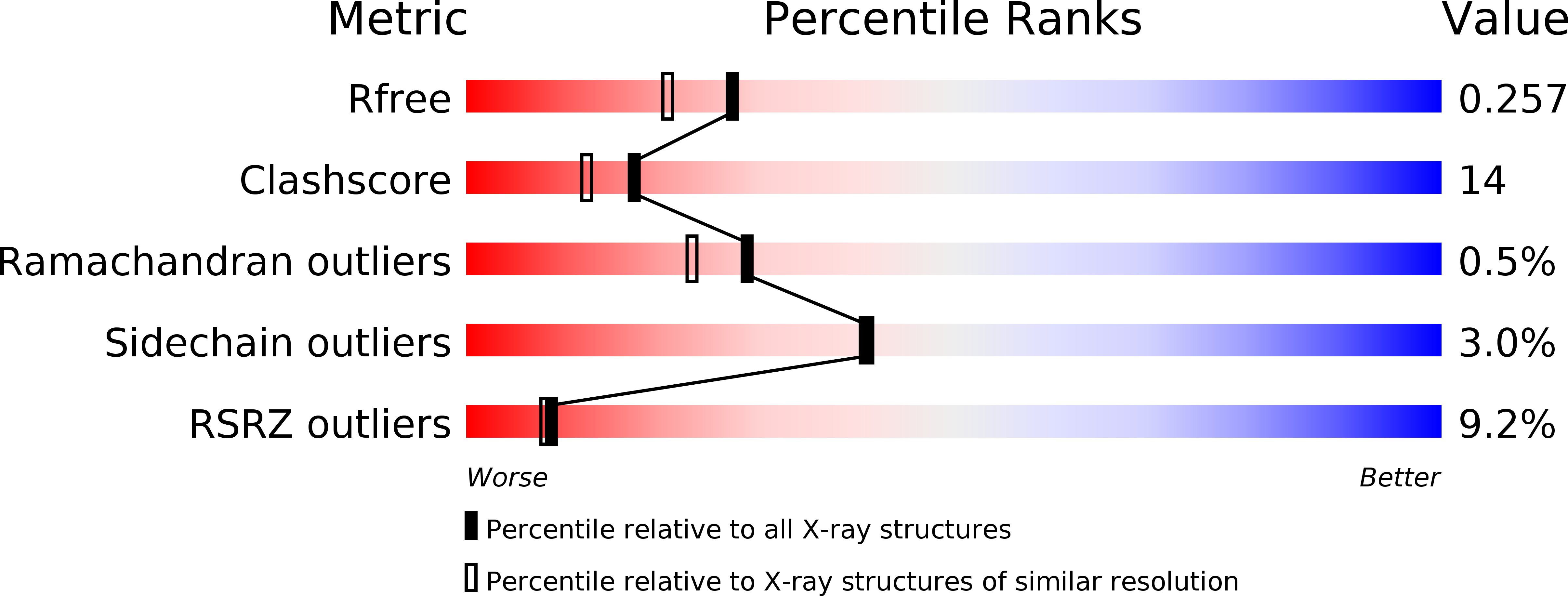
Deposition Date
2008-02-15
Release Date
2008-08-12
Last Version Date
2024-02-21
Entry Detail
Biological Source:
Source Organism:
Saccharomyces cerevisiae (Taxon ID: )
Host Organism:
Method Details:
Experimental Method:
Resolution:
2.00 Å
R-Value Free:
0.25
R-Value Work:
0.22
R-Value Observed:
0.23
Space Group:
P 21 21 21


